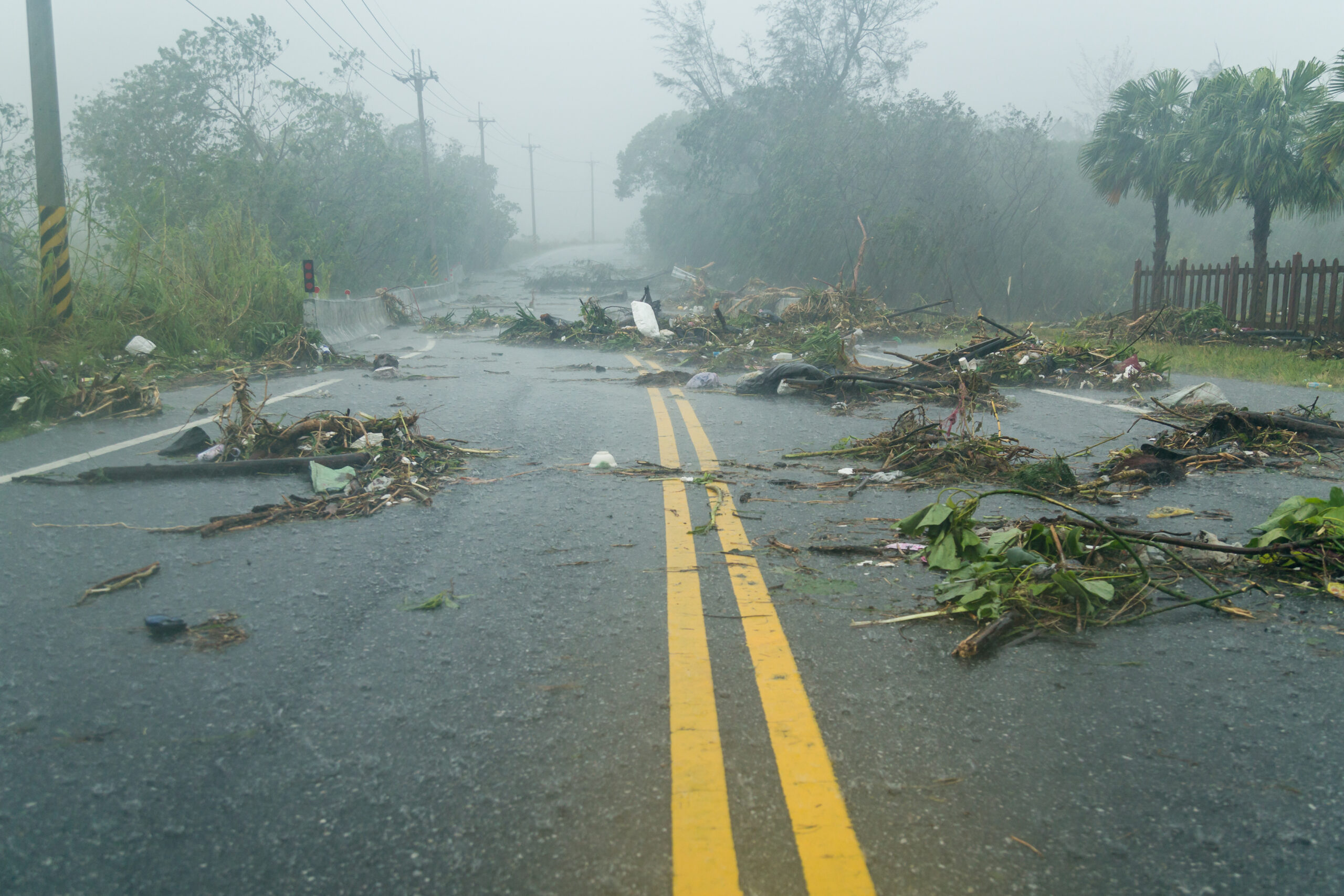Wildfires and COVID-19 Preparedness
When we can be prepared for unplanned emergencies and disasters, this makes a huge difference in minimizing the damage these disasters may cause to us and our communities. With over one hundred COVID-19 deaths continuing to impact the United States every day as of July 2021, it is safe to say that COVID-19 is not over. Subsequently, members of the general public and emergency workers have to take the COVID-19 pandemic into consideration when making preparedness plans for emergencies and disasters.
With an annual average of over 70,000 wildfires burning 7 million acres of American land, this kind of natural disaster is likely to continue to occur before the COVID-19 virus stops impacting our healthcare system. Read on to familiarize yourself with tips and resources on how to respond to a wildfire disaster that strikes during the COVID-19 pandemic.
Wildfire and COVID-19 preparedness tips for the general public:
- Get a COVID-19 vaccine as soon as you can to avoid getting sick or severely ill with COVID-19, and potentially protect those around you from getting sick as well.
- Prepare for wildfire season like you would any other summer.
- When preparing emergency food, water and medical supplies, get supplies delivered rather than shopping in-person. If this option isn’t available, practice COVID-19 safety precautions like wearing a mask, washing hands often with soap and water, and staying six feet apart from others.
- Talk with a healthcare provider to plan how you will protect yourself against wildfire smoke.
- Stock up and store a ten-day supply of your routine prescriptions in a waterproof, childproof container in case of a necessary evacuation.
- Consider developing a disaster plan for your family.
- Know that cloth masks will not protect you from wildfire smoke. The Centers for Disease Control and Prevention (CDC) recommends the use of KN95 masks to protect yourself against wildfire smoke.
- Reduce your exposure to wildfire smoke by seeking clean air shelters and spaces. When in these spaces, practice COVID-19 safety precautions like wearing a mask, washing hands often with soap and water, and staying six feet apart from others. Limit outdoor exercise or perform lower intensity exercises.
- To create cleaner air in your home use a portable air cleaner, air conditioners, heat pumps, fans and window shades. Talk to a qualified heating, ventilation and air conditioning (HVAC) professional on how to reduce indoor smoke if you have a forced air system in your home. Avoid activities that create air pollution like frying foods, sweeping, vacuuming and using gas-powered appliances.
- Pay close attention to temperature forecasts.
- Know the difference between symptoms of COVID-19 and smoke exposure, as some symptoms overlap. If you have severe symptoms such as difficulty breathing or chest pain, call 911 or go to the nearest emergency facility.
- Know the groups of people who are at high-risk of from wildfire smoke effects and COVID-19, and whether your or your loved ones are part of these groups.
- Pay close attention to local guidances about updated evacuation plans and emergency sheltering (and don’t forget about shelters for your pets)! If you need to stay at a shelter or evacuate, practice COVID-19 public shelter safety precautions and general COVID-19 safety precautions on transportation like wearing a mask, washing hands often with soap and water, and staying six feet apart from others.
- Know where to find information on air quality including the Air Quality Index, AirNow.gov, your local Air Resource Advisor and Smoke Forecast Outlooks.
Wildfire and COVID-19 preparedness tips for emergency workers:
- COVID-19 Contact Tracing Scenarios in Disaster Shelters: Guide to building skills for COVID-19 contact tracing during a wildfire disaster. Best used for role-play and preparedness efforts.
- CDC’s Interim Guidance for General Population Disaster Shelters During the COVID-19 Pandemic: Guide to reducing the introduction and transmission of COVID-19 in disaster shelters during a wildfire disaster. Best used for preparedness efforts.
- COVID-19 Considerations for Cleaner Air Shelters and Cleaner Air Spaces to Protect the Public from Wildfire Smoke: Guide to reducing the introduction and transmission of COVID-19 in cleaner air shelters and spaces during a wildfire disaster. Best used for preparedness efforts.
- Recommendations for Disaster Sheltering of Household Pets, Service Animals, and Support Animals during the COVID-19 Pandemic: Assistance for emergency planners considering the sheltering of household pets, service animals and support animals during a wildfire disaster and the COVID-19 pandemic.
- Public Health Strategies to Reduce Exposure to Wildfire Smoke during the COVID-19 Pandemic: Information on wildfire disaster response during the COVID-19 pandemic.
- Wildfire Smoke and COVID-19: Frequently Asked Questions and Resources for Air Resource Advisors and Other Environmental Health Professionals: Messaging about wildfire smoke and COVID-19. Best used for communication plans and resource distribution.






